We need nuanced approaches tailored to each floor type to remove spray adhesive from flooring without damaging the surface. This is an in-depth look at techniques for painted, hardwood, tile, laminate, wood, and vinyl floors. It includes all the necessary keywords for a thorough guide.
For Painted Floors
When figuring out how to get spray adhesive off the painted floor, the key is to act with care to preserve the paint’s finish:
Solvent Selection: Choose a mild solvent like isopropyl alcohol or a specialized adhesive remover that is safe for use on painted surfaces. Apply the solvent sparingly to avoid soaking the paint and causing potential damage.
Application Technique: Use a soft, lint-free cloth to apply the solvent. Gently dabbing rather than rubbing can prevent the paint from peeling or discoloring.
Cleanup and Protection: After removing the adhesive, clean the area with a damp cloth to remove any solvent residue, and then thoroughly dry the surface. Applying a thin layer of floor wax can offer added protection to the painted surface.
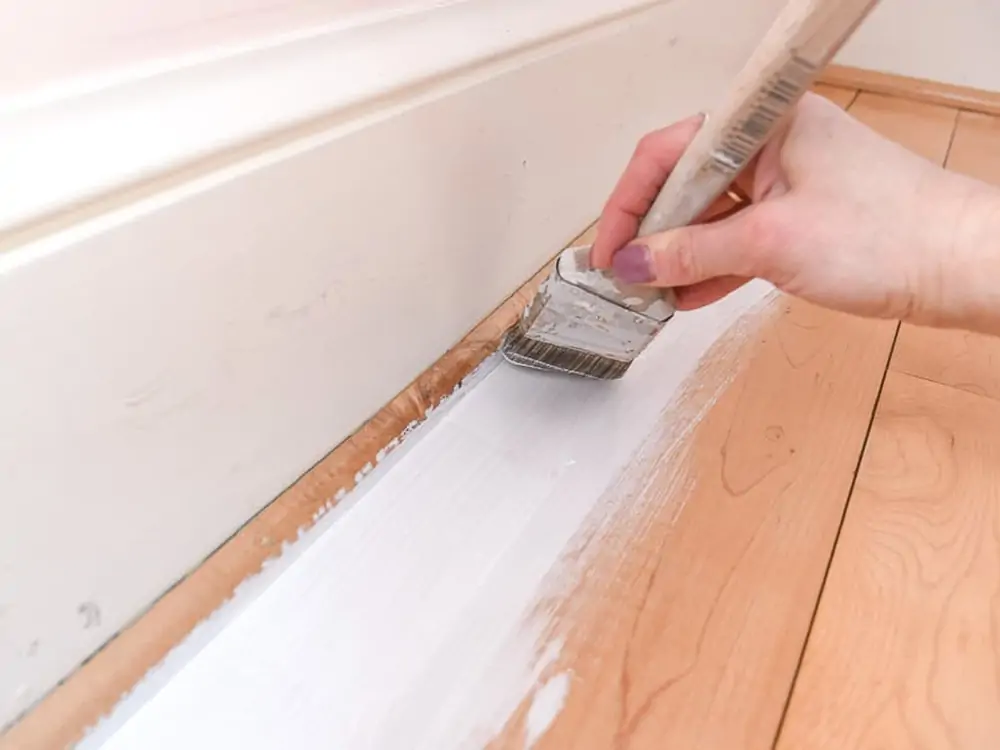
For Hardwood Floors
When you need to remove spray adhesive from a hardwood floor, these floors are prized for their durability and appearance but require careful handling:
Natural Oil Treatment: Oils such as olive or jojoba can effectively soften adhesive residues without harming the wood. Apply the oil, let it sit for a short period, and then gently scrape off the adhesive with a plastic putty knife.
Residue Removal: After removing the bulk of the adhesive, you can wipe away any remaining residue with a cloth dampened with mineral spirits, taking care not to saturate the wood.
Floor Care: Finish by cleaning the area with a hardwood-specific cleaner to restore the natural shine and protect the surface.
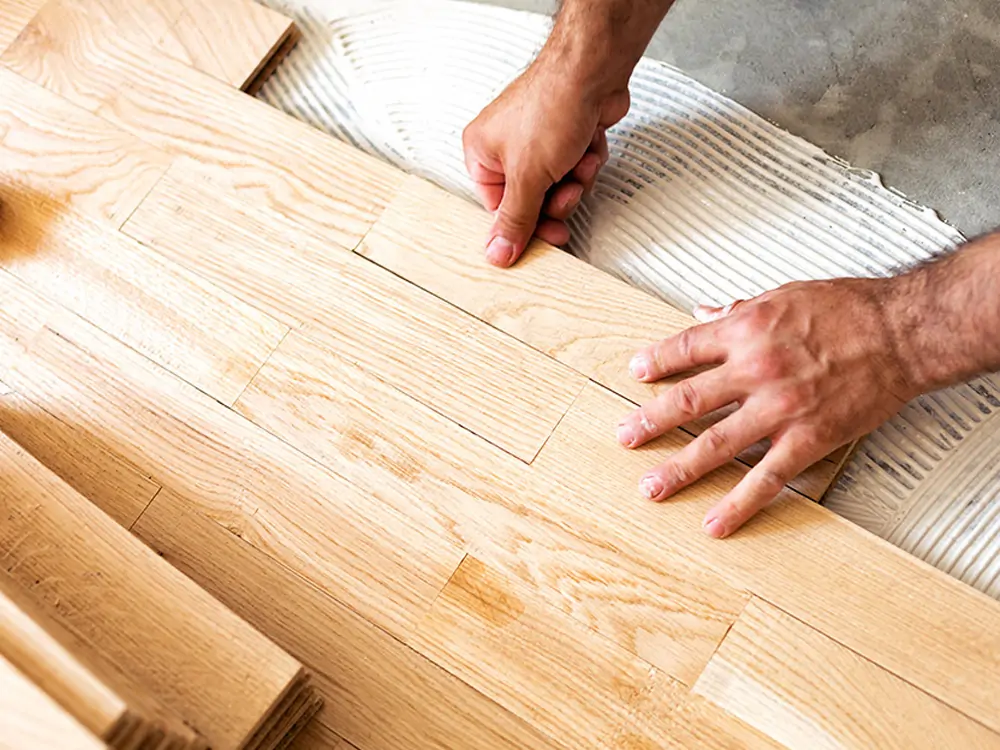
For Tile Floors
When the task at hand is how to remove spray adhesive from tile floor, these floors can withstand more robust cleaning techniques:
Steam Heat: A steam mop can provide concentrated heat and moisture to soften the adhesive, making it easier to remove without the need for harsh chemicals.
Scrubbing Action: Scrub the adhesive gently with a soft-bristle brush for more challenging spots, being careful not to damage the grout.
Deep Clean Finish: Rinse the area with clean water and then use a tile cleaner to ensure the floor is not only free from adhesive but also from any cleaning residue.
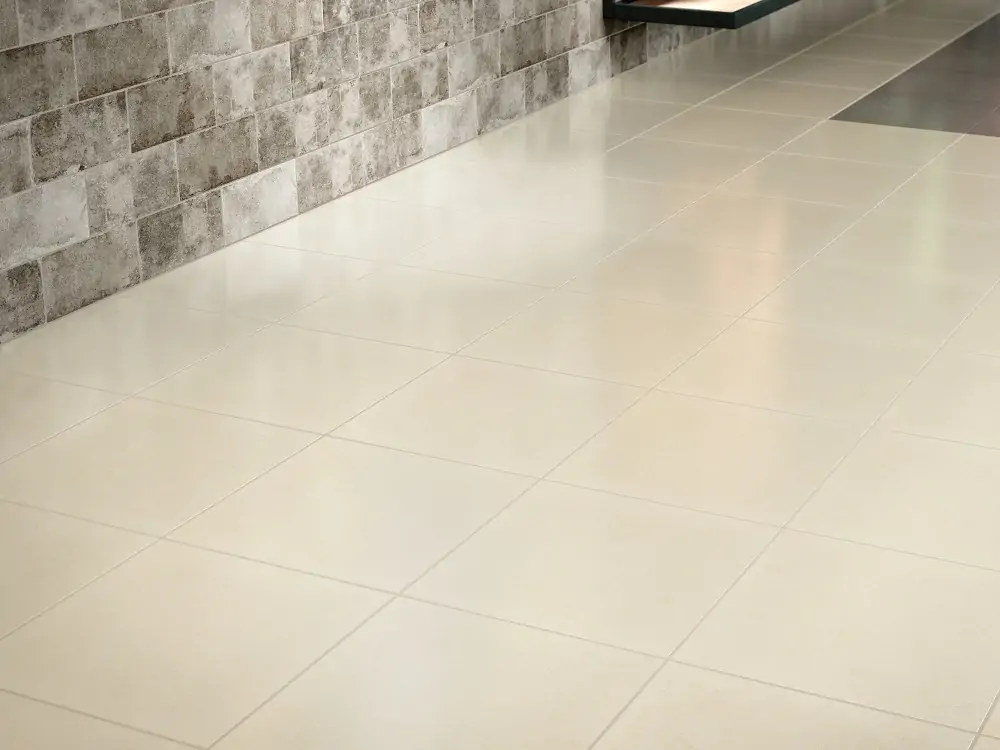
For Laminate Flooring
When tackling how to remove spray adhesive from laminate flooring, remember that laminate combines the appearance of hardwood with added durability but requires careful treatment to avoid damage:
Adhesive Freezing: A novel approach is to use a can of compressed air (used for electronics cleaning) to chill and harden the adhesive, making it brittle and easier to scrape off with a plastic scraper.
Gentle Chemical Use: If chemical removal is necessary, opt for a laminate-safe adhesive remover. Apply it according to the manufacturer’s instructions, and use a soft cloth to rub away the adhesive.
Surface Care: After removal, clean the area with a damp cloth, a mild detergent solution, and a dry cloth to prevent moisture damage.
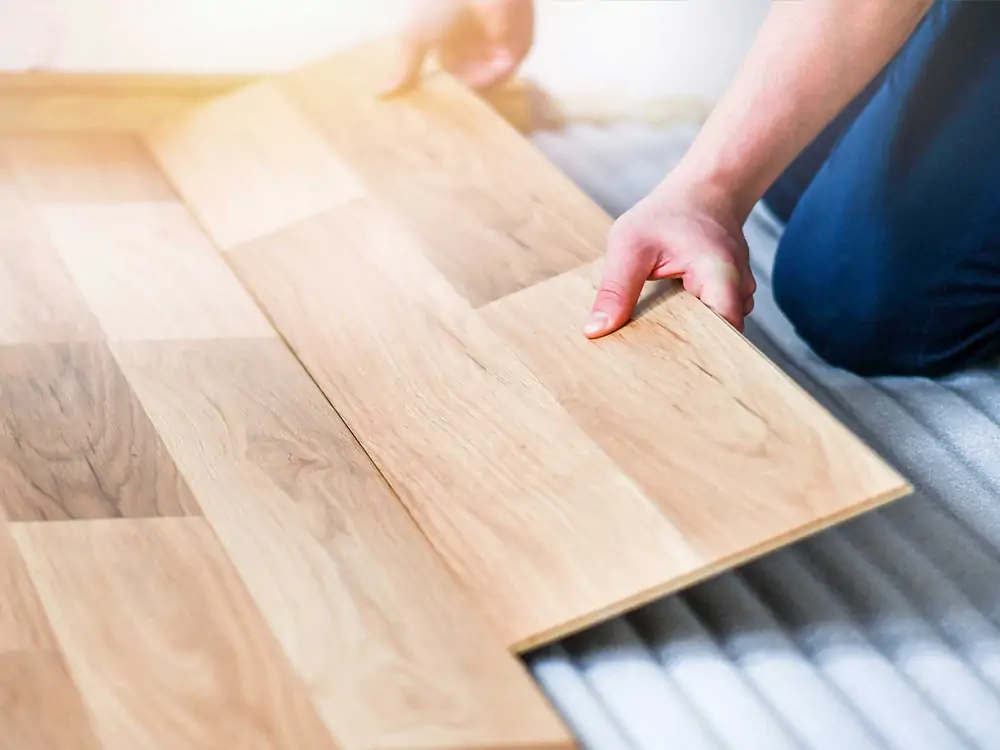
For Wood Floors
In the scenario where you need to remove spray adhesive from wood floors, which may be more absorbent, the approach needs to be gentle yet effective:
Wax Application: Applying a layer of wax over the adhesive can sometimes encapsulate the adhesive, making it easier to scrape off without directly interacting with the wood.
Solvent Use with Caution: Solvents like turpentine can be effective on wood but should be used minimally and always tested in an inconspicuous area first.
Finish Restoration: After adhesive removal, applying a wood floor finish can help to seal and protect the area, blending it seamlessly with the rest of the floor.
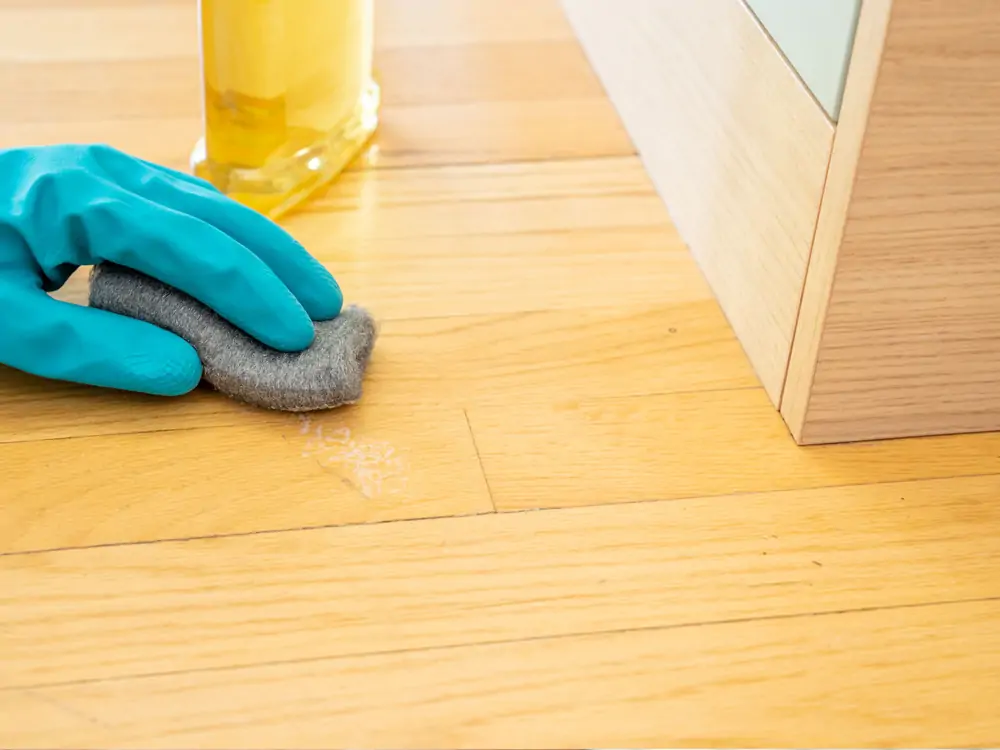
For Vinyl Flooring
When the goal is how to remove spray adhesive from vinyl flooring, this type offers great versatility and durability, but care should be taken to avoid surface damage:
Plastic Razor Blade: A plastic razor blade can be an effective tool for scraping off adhesive without scratching the vinyl surface.
Soapy Water Solution: After scraping, cleaning the area with a solution of soapy water can help remove any remaining adhesive residue.
Vinyl Floor Care: Finish with a vinyl floor cleaner to restore the shine and protect the flooring from future spills and stains.
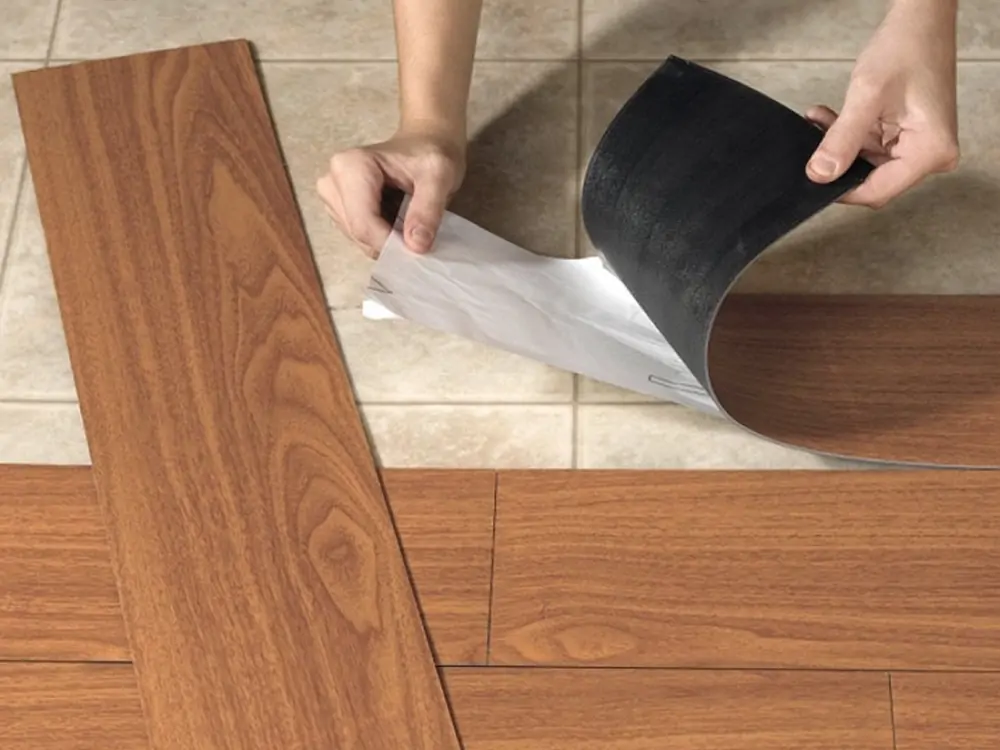
Long-Term Floor Maintenance
After successfully removing spray adhesive from the floor, you can prevent future incidents. You can also preserve the floor’s appearance and strength. Take a proactive approach to floor maintenance. Regularly clean with products designed for the specific floor type. Clean up spills immediately to prevent sticky residues. Use protective mats or rugs in high-traffic areas. Doing these things can extend the life of the flooring. It also reduces the need for aggressive cleaning methods that might damage the floor.
Safe Use of Chemical Removers
When using chemical removers, it’s paramount to prioritize safety and environmental considerations. Choosing eco-friendly, non-toxic adhesive removers can reduce health risks and environmental impact. Always use these products in well-ventilated areas. Follow the manufacturer’s instructions to ensure safe and effective use. It is essential to dispose of used materials, such as rags and scrapers, in a responsible manner. These things can prevent pollution and maintain a safe working environment. Furthermore, it’s important to do this.
Innovative Removal Techniques
Exploring new removal techniques can offer safer and more effective solutions for harsh adhesive residues. Technologies like ultrasonic cleaning devices are emerging. They use high-frequency sound waves to break down adhesive bonds. They are a non-invasive method for cleaning delicate surfaces. They do not use harsh chemicals or physical scraping. Such devices are more commonly found in industrial settings. Smaller, consumer-grade versions are becoming available for home use.
Professional Assistance
Adhesive removal can be challenging. If the floor is valuable or historic, hiring a professional is best. Flooring specialists and conservation experts can offer tailored solutions. They balance effective adhesive removal with preserving the original flooring material. These professionals have access to advanced techniques and materials. These are not typically available to the general public. This ensures the best possible outcome for your floors.
Preventive Measures
Finally, preventive measures can significantly reduce the hassle of removing adhesive from floors. You can significantly reduce the risk of accidental spills and overspray. Use drop cloths or masking tape to protect flooring during projects. Carefully control the spray direction and amount of adhesive used. Opt for non-permanent adhesive solutions where feasible. It’s crucial to tailor the approach for each flooring type when removing adhesives. This is because each type has unique nuances. This ensures the effective removal of the adhesive. It preserves the floor’s quality and appearance.
When dealing with how to remove spray adhesive from laminate flooring, a cautious approach is crucial. This is because laminate is susceptible to water damage and scratching. Using a hairdryer on a low setting to gently warm the adhesive can make it more pliable and easier to remove. This minimizes the risk of damage to the laminate. Learning the correct use of spray adhesives can prevent mishaps. Further, it can avoid mishaps. It ensures that projects are completed smoothly without damaging the underlying surfaces.
Conclusion
In conclusion, removing spray adhesive from floors can be daunting. A comprehensive approach includes the right removal techniques. It also includes long-term care, safety considerations, and preventive measures. This approach can ensure the immediate restoration of the floor. It can also preserve and enhance its ongoing beauty. It’s important to understand the unique needs of painted, hardwood, tile, laminate, wood, and vinyl floors. Employing appropriate strategies can make adhesive removal manageable. This will help you maintain and enjoy your living or working space.
